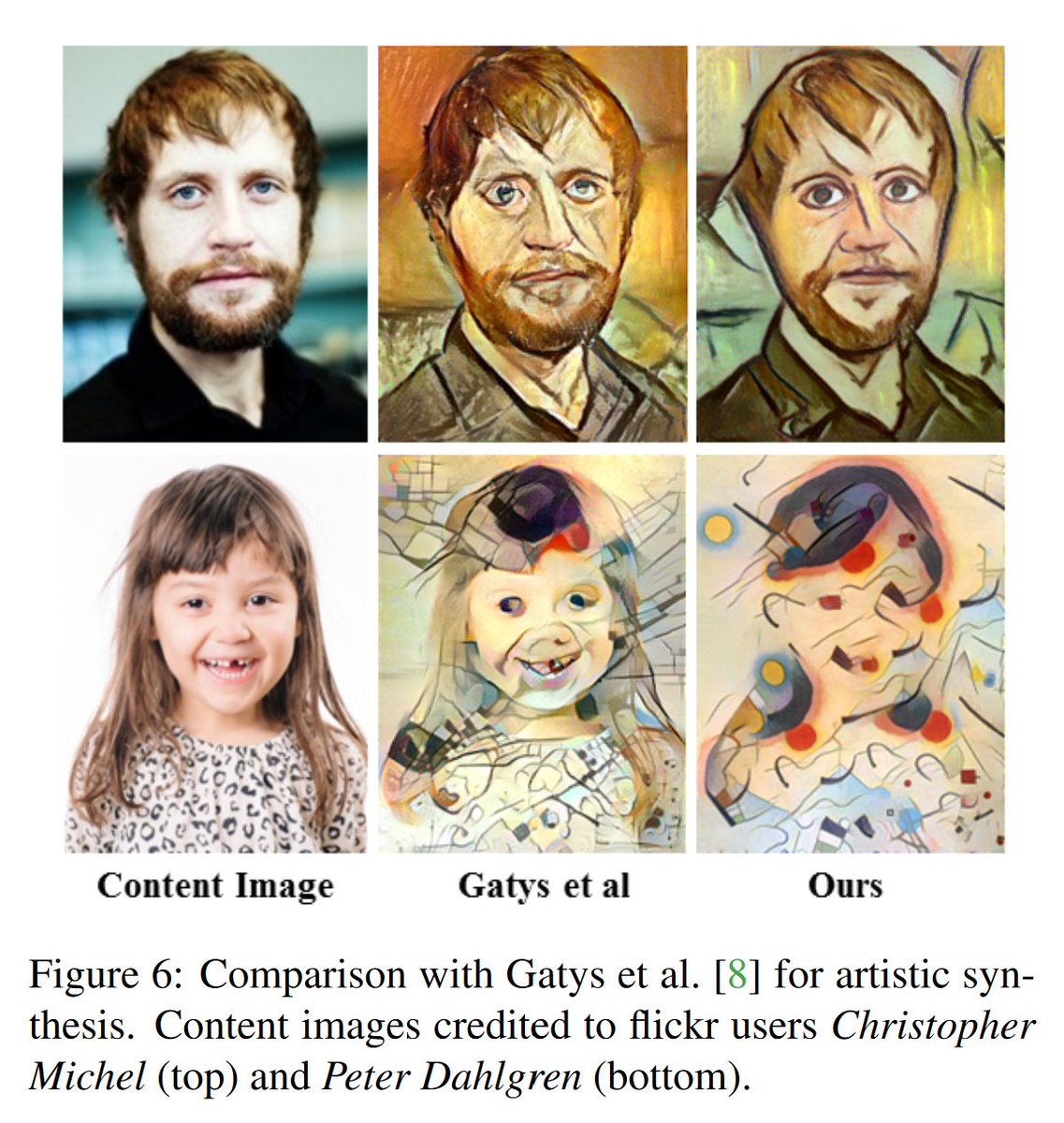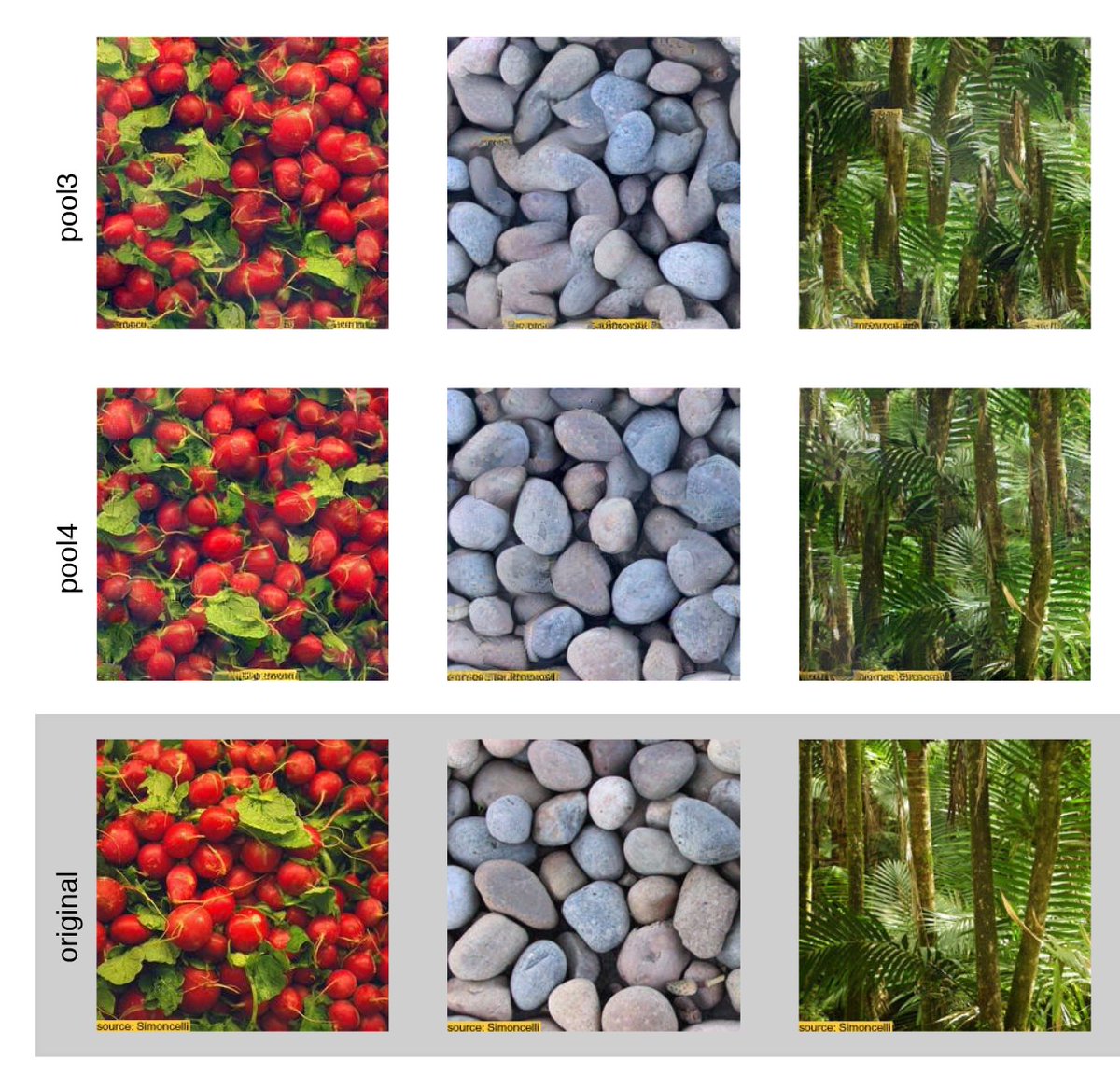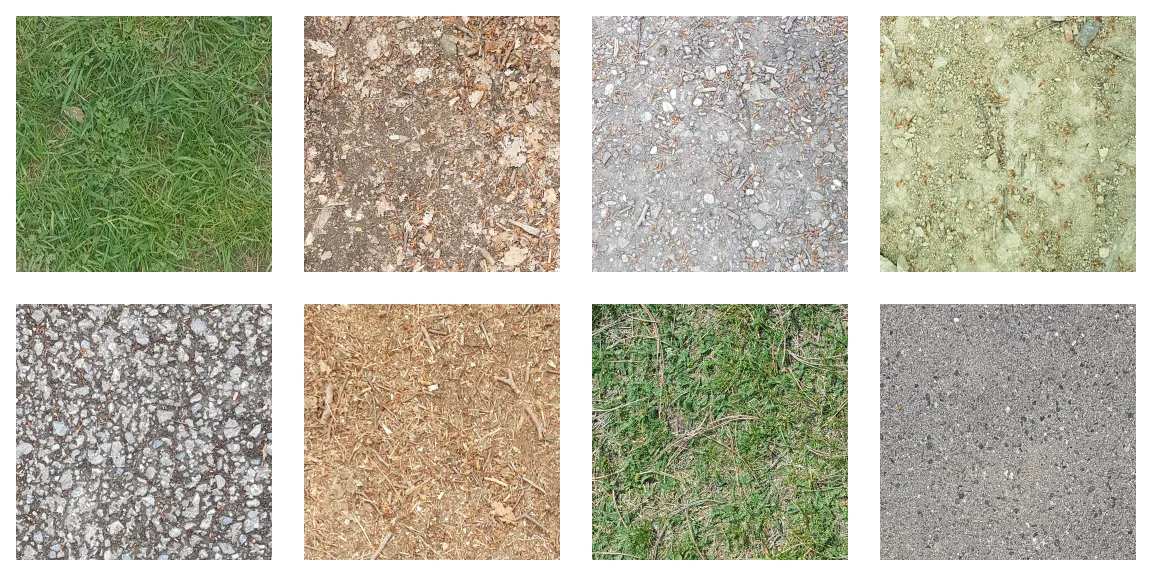
#DeepFake Tutorial.
In this thread I'm going to post some tips & tricks to identify Deep Fakes using these examples I found online.
📊Vote in this other thread first:
In this thread I'm going to post some tips & tricks to identify Deep Fakes using these examples I found online.
📊Vote in this other thread first:
https://twitter.com/alexjc/status/1331177164063068160
There are many ways to detect deep fakes. Here are three of them:
1) Impossible static poses.
2) Impossible movements.
3) Technology artefacts.
The first category seems to be easier to detect, but the second is more reliable. The third may go away soon!
1) Impossible static poses.
2) Impossible movements.
3) Technology artefacts.
The first category seems to be easier to detect, but the second is more reliable. The third may go away soon!
VIDEO #1
This one seems easy enough...
TIP: Use the speed controls in your favorite video player to slow it down while it's playing.
This one seems easy enough...
TIP: Use the speed controls in your favorite video player to slow it down while it's playing.
https://twitter.com/alexjc/status/1331178212769062913
Here is a slowed down version so you can catch the movement. Does the smile look impossible or improbable to you?
Did you change your mind?
VIDEO #2
This one is harder. It falls into category 3) of technology artifacts. When deep neural networks generate faces, they can be a bit out-of-focus and make that part blurred...
This one is harder. It falls into category 3) of technology artifacts. When deep neural networks generate faces, they can be a bit out-of-focus and make that part blurred...
https://twitter.com/alexjc/status/1331179115471380480
Look at the mouth and teeth in this slowed down version. Is it significantly more blurred than the rest of the image? Do they go in and out of focus depending on the position of the mouth?
Did you change your mind?
VIDEO #3
This one is easier, but I broke the link to "Original Clip." You need the HD versions as compression on Twitter/YouTube will hide many glitches.
Use a local video player like VLC to slow-down or step frame-by-frame:
📺 ipfs.io/ipfs/QmfZFPHBC…
This one is easier, but I broke the link to "Original Clip." You need the HD versions as compression on Twitter/YouTube will hide many glitches.
Use a local video player like VLC to slow-down or step frame-by-frame:
📺 ipfs.io/ipfs/QmfZFPHBC…
https://twitter.com/alexjc/status/1331180803473149952
In the slowed down version, you can decide better if the movement looks physically correct or not...
Did you change your mind?
VIDEO #4
This one is by far the hardest. Current votes are about tied, so it's not clearly either ;-)
What I'm looking for is signs of "interpolation" (a form of blending, known as "lerping" in animation).
This one is by far the hardest. Current votes are about tied, so it's not clearly either ;-)
What I'm looking for is signs of "interpolation" (a form of blending, known as "lerping" in animation).
https://twitter.com/alexjc/status/1331181586994372608
Do the parts of the face slide into position do colors blend?
Is one cheek more blurred than the other? Are there glitches or popping in that area?
Is one cheek more blurred than the other? Are there glitches or popping in that area?
Did you change your opinion?
Fixed link to #4:
📺 ipfs.io/ipfs/QmVSnUuB4…
VIDEO #5
This one is my favorite. I'd use category 1) or 2) to determine if this is real or not...
📺 ipfs.io/ipfs/QmVSnUuB4…
VIDEO #5
This one is my favorite. I'd use category 1) or 2) to determine if this is real or not...
https://twitter.com/alexjc/status/1331182227493969926
Here's a slowed down version so you can decide. It's the smile and the blending just before that will help you decide.
📺 ipfs.io/ipfs/QmbZUdVYc…
📺 ipfs.io/ipfs/QmbZUdVYc…
Did you change your opinion?
Overall in the current state-of-the-art of #DeepFakes in politics, there were not many "technology artefacts" as I was expecting (e.g. seams, borders, popping) and even blurring can be hidden by bad compression.
Sometimes it takes the trained eye of someone in animation!
Sometimes it takes the trained eye of someone in animation!
Reposting this folder with the original clips (incl. slow version) in a different encoding (mp4/x264), in case you had problems viewing them:
📁 ipfs.io/ipfs/Qma8TD3kW…
📁 ipfs.io/ipfs/Qma8TD3kW…
• • •
Missing some Tweet in this thread? You can try to
force a refresh
















